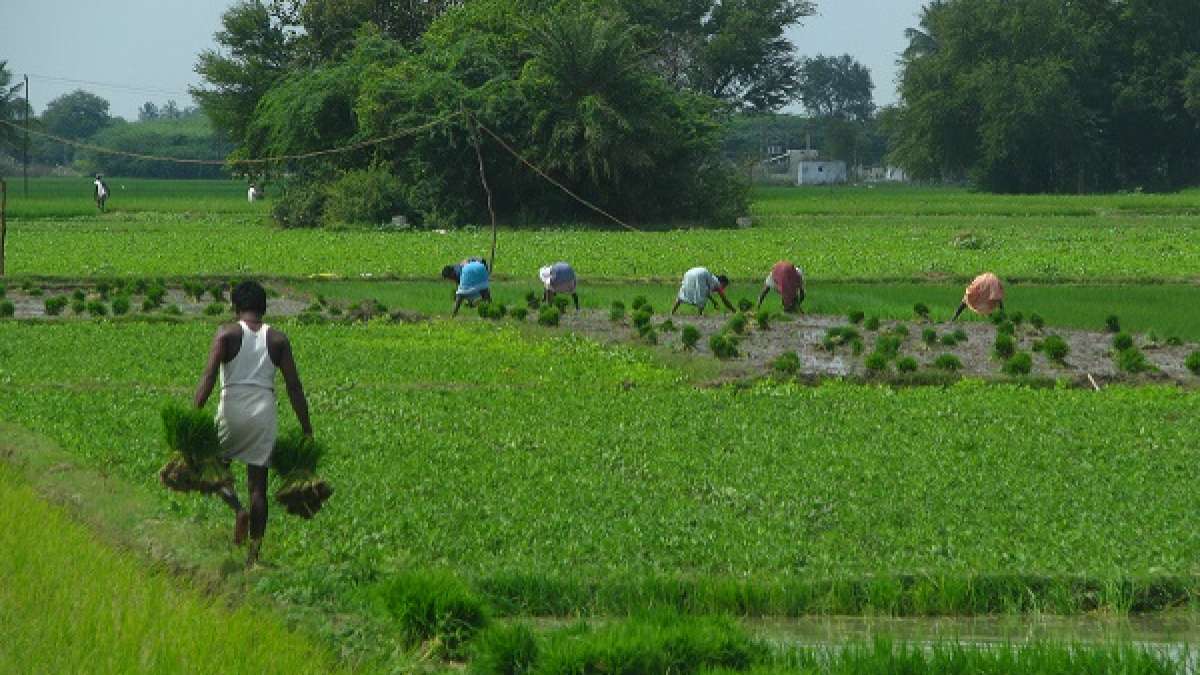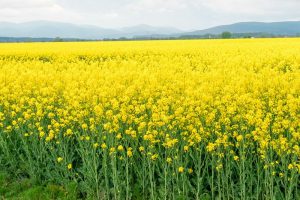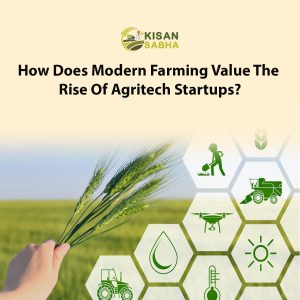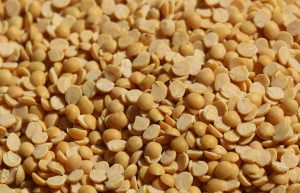Synopsis
India’s total kharif crop production is estimated to moderate to 149.92 metric million tonnes (MMT) from 156.04 MMT in the previous kharif crop year, as per the first advance estimate. On the supply side, Das said, “The agricultural sector remains resilient. Rabi sowing got off to a strong start. The area sown so far is 6.8 per cent higher than the normal sown area (as on December 2, 2022)”.
Reserve Bank Governor Shaktikanta Das on Wednesday said the agriculture sector remains resilient, and the rabi sowing has got off to a strong start. However, India is expecting some moderation in kharif production due to uneven rainfall.
India’s total kharif crop production is estimated to moderate to 149.92 metric million tonnes (MMT) from 156.04 MMT in the previous kharif crop year, as per the first advance estimate.
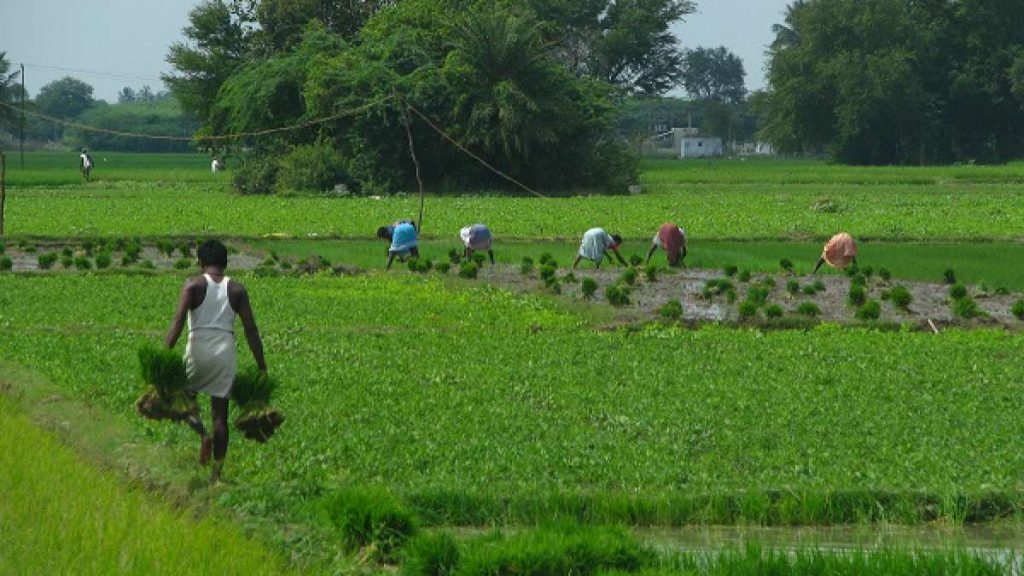
On the supply side, Das said, “The agricultural sector remains resilient. Rabi sowing got off to a strong start. The area sown so far is 6.8 per cent higher than the normal sown area (as on December 2, 2022)”.
Area sown to wheat has increased by 5.36 percent year-on-year to 2.1162 lakh hectares in the first two months of the ongoing rabi(winter) season, with higher coverage being reported in rajasthan, Bihar, and Uttar Pradesh, according to the agriculture ministry data released on Friday.
The sowing of wheat, the main rabi crop, begins in October and harvesting in March-April. Besides wheat, rice and pulses, such as gram, and as well as oliseeds like groundnut and mustard are grown in this season.
On the Indian economy, Das said the outlook is supported by good progress of rabi sowing, sustained urban demand, improving rural demand, a pick-up in manufacturing, a rebound in services and robust credit expansion.
Consumer price inflation moderated to 6.8 per cent (year-on-year) in October as expected but it still remains above the upper tolerance band of the target, he said, adding core inflation is exhibiting stickiness.
“While headline inflation may ease through the rest of the year and Q1:2023-24, it is expected to rule above the target. The medium-term inflation outlook is exposed to heightened uncertainties from geopolitical tensions, financial market volatility and the rising incidence of weather-related disruptions,” he noted.
Going ahead, he said, investment activity will get support from the government capex.
“A pick-up in the share of fixed assets in total assets of manufacturing companies was visible in H1. According to our surveys, consumer confidence has improved further. Manufacturing and infrastructure sector firms are optimistic about the business outlook. Services sector firms also expect activity to expand,” Das added.
In an interconnected world, he said, “we cannot remain entirely decoupled from adverse spillovers from the global slowdown and its negative impact on our net exports and overall economic connectivity.
The biggest risks to the outlook continue to be the headwinds emanating from protracted geopolitical tensions, global slowdown and tightening of global financial conditions, he said.
“Taking all these factors into consideration, real GDP growth for 2022-23 is projected at 6.8 per cent, with Q3 at 4.4 per cent and Q4 at 4.2 per cent. The risks are evenly balanced. Real GDP growth is projected at 7.1 per cent for Q1:2023-24 and at 5.9 per cent for Q2. Even after this revision in our growing major economies in the world,” the governor said.
Read more at-https://bit.ly/3HmmLug


